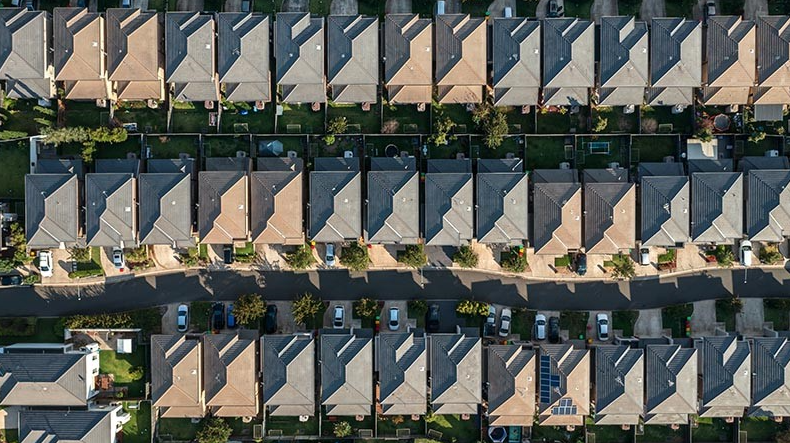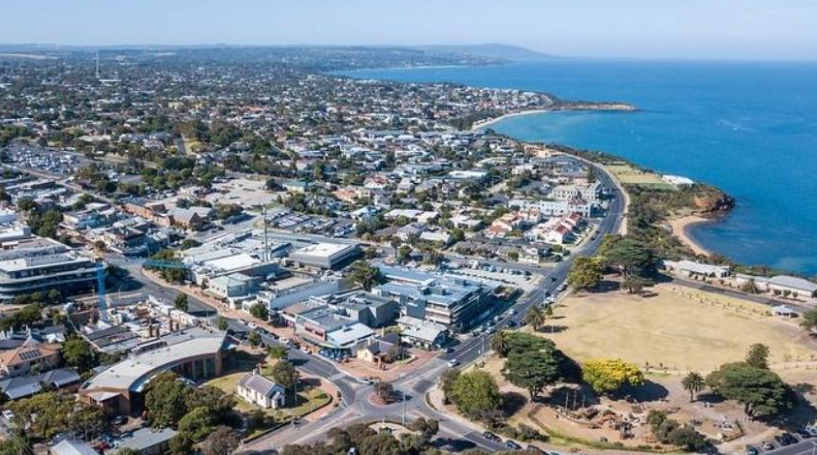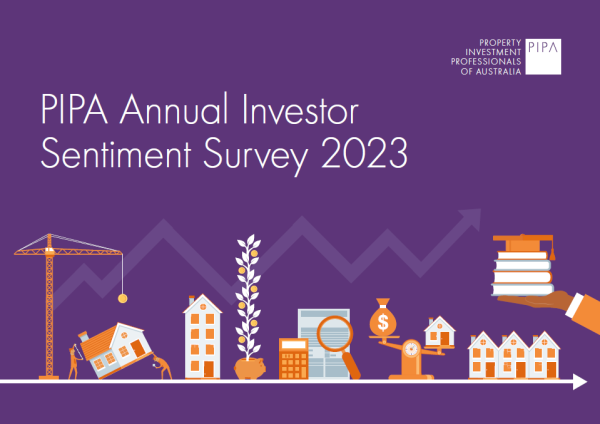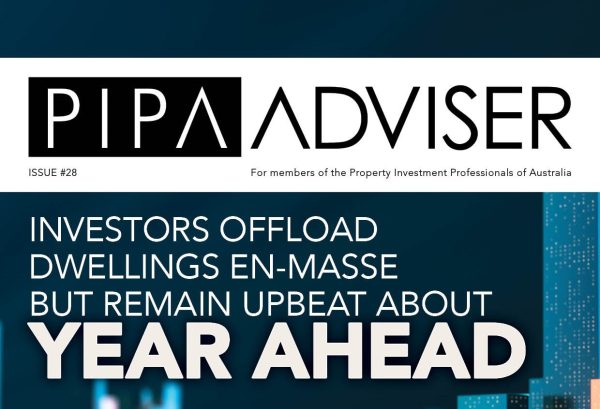Property market update: Perth, May 2020
Jun 2020Karen Millers
Categories
Location ReportsMedia releasesNational market updatesPersonal advisersPIPA AdviserPIPA Annual Investor Sentiment SurveysPIPA Member ProfilesPIPA video updatesPIPA webinarsPodcastsProperty advisersProperty newsLatest Articles
Rent rises ease but crisis’ link to population density found to be tenuous
Jordan van den Berg: The ‘Robin Hood’ TikToker taking on Australian landlords
Victorian property investors face yet another new property tax as council tests levy
Rentvesting in Australia: A deep dive
‘More chance of winning lotto’ than housing targets being met
Prior to the ongoing health crisis, Perth has had an “uninterrupted upswing” after months of struggling to recover from the end of the mining boom.
Just last April, the Western Australian capital recorded its sixth consecutive month of price growth, with values rising 0.2 per cent across the month to take quarterly growth figures up to 1.0 per cent, property investment consultancy Momentum Wealth said.
Sales transactions in Perth also rose for the third consecutive week as buyers re-enter the market and quality stock remains limited and unemployment had fallen from 6.9 per cent to 5.2 per cent as jobs growth trends higher, population growth bounces back to the highest level since 2014, housing supply was contained, and state final demand climb above the decade average.
Continued price growth, tightening supply and an early rebound in sales transactions are placing Perth’s property market in strong stead for a faster rebound than other major markets across Australia – making it one of three capital city markets to outperform its six-month average pace of change alongside Darwin and Adelaide.
However, the COVID-19 outbreak has halted the positive movements in the Perth property market, just as it did across most economic sectors.
According to CoreLogic’s head of research Eliza Owen: “Instead of momentum continuing from the trend seen at the start of the year, the onset of COVID-19 places it at the cusp of another downswing.”
Still, she remains optimistic that the effect of the pandemic is nothing but a minor setback to the real estate sector, particularly to major capital city markets.
While the 28-day rolling change in the daily hedonic index showed Perth dwelling values starting to fall again, value falls have been mild at -0.2 per cent. Moreover, the decline in payroll jobs across the state was 5.8 per cent between 14 March and 2 May, as opposed to 7.3 per cent Australia-wide.
“Perth has less exposure to industry sectors that have been heavily impacted by COVID-19, with 8.6 per cent of the local workforce employed with the accommodation and food services and arts and recreation services sectors, compared with 9.1 per cent nationally.”
Overall, despite heightened economic uncertainty, Ms Owen said consumer sentiment levels have been improving in line with a flattening of the curve and relaxation in social distancing policies.
“Importantly, total listing numbers haven’t trended higher and are at the lowest level in 10 years for this time of the year. The trend towards a rise in new listings and consistently low total listings implies newly listed stock is being absorbed quickly by the market.
“As of late May, total listings were down 34.7 per cent on where they were at the equivalent period in 2019. Total listings across Perth counted in the 28 days to May 24 were just 13,962. Though this is a continued headwind to the real estate sector, it may be preserving stability in dwelling values,” Ms Owen highlighted.
Property values
The latest CoreLogic figures show dwelling values in Perth declined by 0.6 per cent in May.
Although overall prices had only slightly declined in the Perth region, 64 per cent of suburbs saw either an improved or stabilised median house price, REIWA president Damian Collins said.
The top 10 suburbs that saw the biggest increase to median sale price include Ellenbrook, Claremont, Butler, Yokine, Yanchep, Gosnells, Kelmscott, Halls Head, Waikiki and Willetton.
“Interestingly, seven of the 10 suburbs had a median sale price under Perth’s median of $475,000 and [suggest] people are taking advantage of properties in Perth that are priced at the lower end,” according to Mr Collins.
Meanwhile, the suburbs that saw the biggest improvement in sales were Halls Head, Ellenbrook, Rockingham, Byford, Yanchep, Wanneroo, Dianella, Waikiki, Balga and Armadale, according to the research.
“To ensure a vibrant property market, the WA government may need to cut stamp duty and we ask them to consider short-term changes to help incentivise buyers, as well as long-term tax reform removing stamp duty and replacing it with a broader-based land tax system.”
Supply and demand
Combined capital cities returned a preliminary auction clearance rate above 70 per cent during the week concluding 24 May, marking the highest seen since early March before restrictions to on-site auctions and inspections were rolled out nationwide, according to CoreLogic’s Property Market Indicator Summary.
The improved clearance rate was across a higher volume of auctions over the week, with 613 scheduled auctions.
However, while volumes were higher week-on-week, they remain significantly lower than what would usually be seen, with 2,055 homes taken to auction over the same week last year.
“Given it’s been a few weeks since the ban for onsite auctions and inspections [was] lifted, agents and vendors have had the chance to start implementing marketing campaigns, and we are likely to see volumes gradually increase each week,” the report noted.
Breaking down the capital cities, the preliminary auction clearance rates for the week concluding 24 May are 77.9 per cent for Sydney, 73.2 per cent for Canberra, 72 per cent for Melbourne, 45.9 per cent for Brisbane, 38.5 per cent for Adelaide and 0 per cent for Perth.
Rental market
According to data compiled by the Real Estate Institute of Western Australia (REIWA), listings across Perth fell by 17 per cent in May to 4,676 – its lowest level since November 2013.
The strong demand for rental properties ultimately continues, with a 27 per cent increase in leasing activity compared with April, and the vacancy rate dropping significantly in the last two years, Mr Collins said.
Halls Head saw the biggest spike in leasing activity growth with 33 leases for the month. This was closely followed by Nollamara (20 leases), Coolbellup (16 leases), Joondalup (18 leases) and Como (18 leases).
In terms of the number of rentals coming into the Perth market, Property Club noted that Perth recently saw a 5.8 per cent drop, while the number of properties being constructed is down 18 per cent, with buyers preferring old homes over new ones.
“The construction of new family homes in Perth has crashed over the last five years and is getting even worse and underlined by the latest national data from the RBA,” according to Property Club’s national manager Troy Gunasekera.
At the moment, only 8.8 per cent of total housing finance was for new properties. Normally, this number would be closer to 40 per cent.
The coming “rental famine” would be most acute for family homes in the outer established suburbs of Perth, he said.
“The supply of rental properties in these outer suburbs has been reduced by investors being forced to sell off their rental properties over the past five years due to the banks forcing investors from interest-only to principal and interest loans.”
“These rental properties are being bought by owner-occupiers because recent tax changes mean that tax depreciation benefits for second-hand properties have been removed, meaning investors are not buying second-hand homes,” Mr Gunasekera explained.
As a result, Property Club found that, while rents in Perth’s inner city are falling, rents for family homes in the outer established suburbs are starting to rise even amid the health crisis.
“Family homes in Perth are now receiving multiple applications and landlords are now in a position to raise their rents… The expected recession and rising unemployment will make it harder for first home buyers wanting to buy a home, meaning that they will stay in rental properties for much longer, reducing the supply of rental properties.”
“At the same time, owner-occupiers will be forced to sell their homes because of the impending recession, and these people will be searching for rental properties during a time of reducing supply.”
In May, REIWA determined that Perth’s overall median rent sat at $350 per week and should remain stable until the end of the year,” with any increase in rent only allowed on new rental listings.”
Legislation implemented in the Residential Tenancies (COVID-19 Response) Act 2020 means occupied rentals cannot have a rent increase until October.
2020 outlook
Despite headwinds, investors are being reminded that the pain in the property market will be short-lived, with property prices expected to bounce back post-pandemic.
Research conducted by PIPA found that five years after each of the recessions or economic downturns over the past 50 years – from 1973 to the GFC – capital city house prices saw significant increases.
For instance, five years after the recession of 1973 to 1975, Sydney median house prices had increased 100.7 per cent, followed by Perth and Brisbane, as the economy grew after the downturn.
Consequently, after the economic downturn of 1982 and 1983, Melbourne led the property pack with median house price growth of 67.7 per cent, and many other capital cities were not far behind with growth in the 50 per cent to 64 per cent range.
“When it came to the ‘recession we had to have’, Darwin produced median house price growth of 47.3 per cent in the following five years, with Perth the second-place getter again. Then, [following] the GFC, as we all know, Sydney was again the [frontrunner] within five years as the start of its property boom started to take shape,” according to Property Investment Professionals of Australia (PIPA) chairman Peter Koulizos.
Over the three most recent economic downturns, there were periods of annual house price falls in many capital cities, but the price reductions were never sustained nor prolonged, he added.
Ultimately, the moral of the story is “Don’t panic”, the property expert said.
“Property has shown its resilience through economic shocks before, and we have no reason to expect it won’t do so again,” he said.
With Australia being one of the very few countries that have a balanced budget, and the fact that its government debt is the lowest in the world, Propertyology’s head of research Simon Pressley remains just as confident that the country is in a strong position to cushion the impact of the COVID-19 outbreak.
Bianca Dabu, Smart Property Investment, 11 June 2020
https://www.smartpropertyinvestment.com.au/research/21229-property-market-update-perth-may-2020




